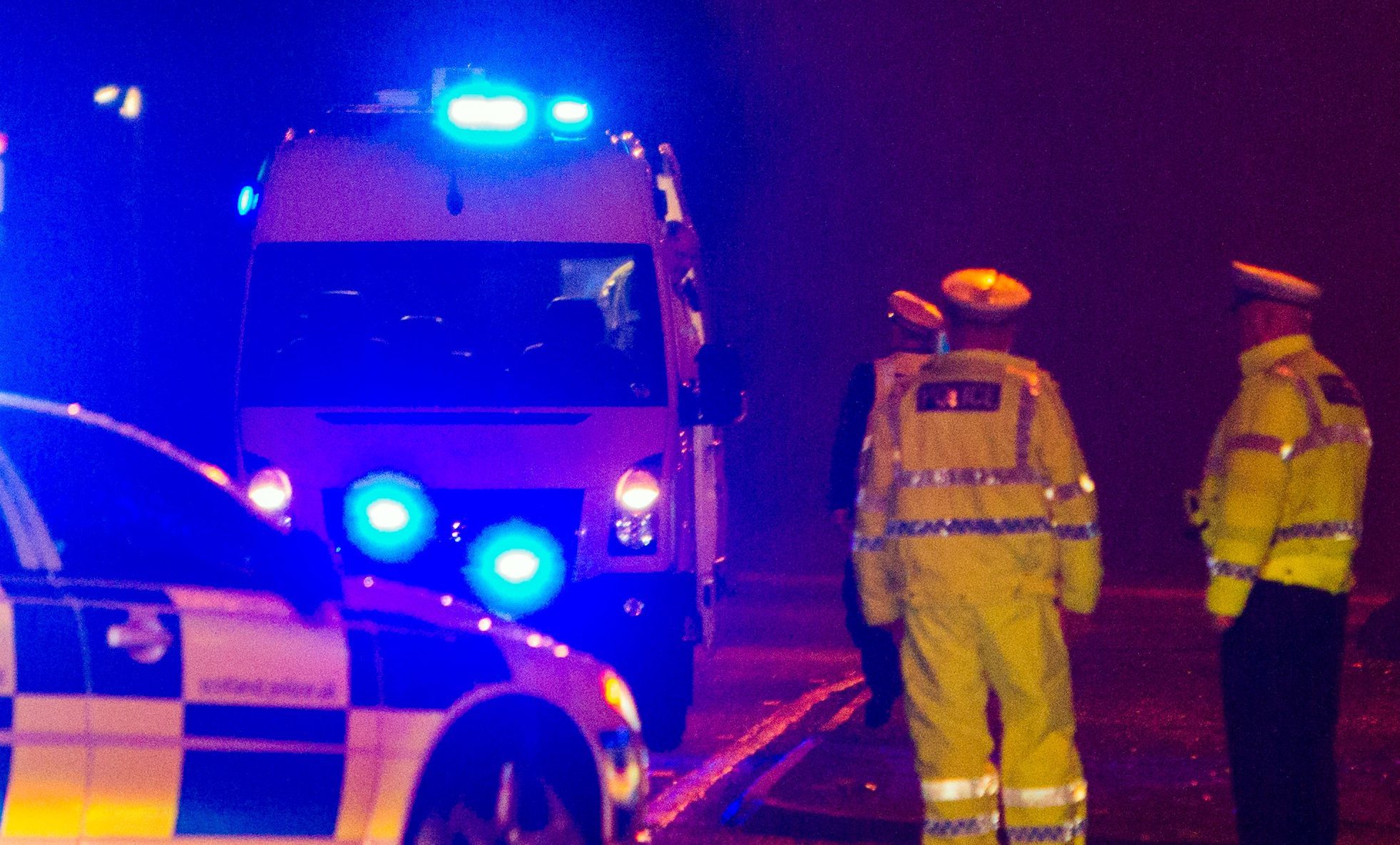The number of people killed in road accidents in Scotland in 2015 was the lowest since the turn of the century — and dropped 17% in the year after the drink-drive limit was lowered.
There were 168 deaths on the country’s roads in 2015, down from 200 the previous year. However, the statistics released by Transport Scotland show 2014 was, by recent standards, a particularly bad year for fatal accidents.
There was also a drop in the total number of casualties, which fell by 3% between 2014 and 2015 from 11,307 to 10,968, the lowest number since records began.
The longer-term statistics (see below) also show the significant fall in fatalities over the years — 2015’s figure being less than half of the 347 deaths recorded in 2001.
Scotland’s drink-drive limit was lowered in December 2014, reducing the legal alcohol limit from 80mg to 50mg in every 100ml of blood.
As well as the decrease in fatalities between 2014 and 2015, the number of people seriously injured fell by 6% to 1,596.
There was also a drop in the number of children injured in 2015, with 972 child casualties in reported road accidents, a decrease of 6% since 2014.
This included four fatalities, three fewer than 2014, and 139 children who were seriously injured, down from 172 in 2014.
Transport minister Humza Yousaf said: “These latest figures confirm the downward trend in road casualties, that key milestone reductions are being met and we are on track to continue to achieve casualty reductions towards our 2020 targets.
“This progress is to be welcomed but we want to go even further, building on the strong partnership approach which identified three key priority focus areas for activity through to 2020 – speed, age and vulnerable road users.
“Partners are progressing work to address outcomes in these areas that will help us achieve our 2020 casualty reduction targets.”
The figures showed there were three fewer pedal cyclists killed than in 2014 and 15 fewer pedestrian fatalities. Three fewer motorcyclists were killed and nineteen fewer car users.
However, there was a 3% increase in pedal cyclists seriously injured while bus casualties seriously injured increased from 28 to 49 between 2014 and 2015.
Lucy Amos, a spokeswoman for Brake, the road safety charity, said: “These are promising steps towards Scotland meeting its road safety targets for 2020, however those involved cannot afford to grow complacent, with the increase in cyclists seriously injured over the past year showing that more work needs to be done to ensure this downward trend continues.”
The statistics update provisional figures published in June.
The number of people killed on Scotland’s roads since 2001
2015: 168
2014: 200
2013: 172
2012: 174
2011: 186
2010: 208
2009: 216
2008: 270
2007: 281
2006: 314
2005: 286
2004: 306
2003: 331
2002: 305
2001: 347
(Figures from transport.gov.scot)







